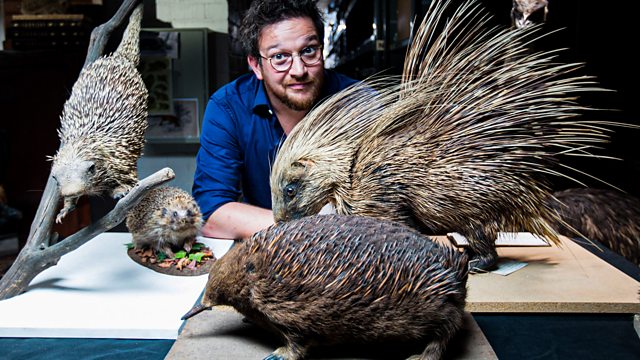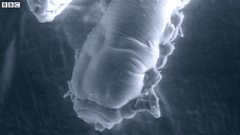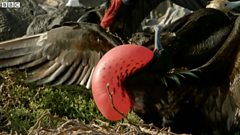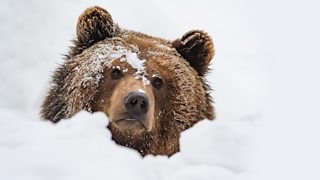
Adaptability
Professor Ben Garrod explores how versatile the basic skin structure truly is, revealing how slight adaptations have created birds' feathers and a rhinoceros鈥檚 horn.
Skin is an incredible, multi-function organ that science is still learning so much about. It has adapted to allow animals to conquer virtually every habitat on the planet.
In this episode, Professor Ben Garrod reveals some ground-breaking new science and amazing, specialist, factual insight as he discovers how human skin is an ecosystem in its own right, playing host to demodex mites, that might redefine our understanding of human ancestry. He explores the new science that could pave the way for re-engineering human skin on amputations to make it more robust. And he reveals how keratin, a protein that is a key component of skin and that makes up our hair and nails, has been taken to the extreme by some animals including pangolins and horses.
Skin is the body鈥檚 largest organ and all vertebrates share the same basic blue print. Adaptations in the three main layers, the epidermis, the dermis and the subcutaneous fat layers have allowed vertebrates to thrive in virtually every habitat on earth.
Last on
More episodes
Previous
You are at the first episode
Next
Clips
-
![]()
What animals are living on your face?
Duration: 02:57
-
![]()
How do birds waterproof their feathers?
Duration: 01:51
-
![]()
The elasticity of skin
Duration: 02:20
Music Played
-
![]()
Air
Les Professionnels
Credits
| Role | Contributor |
|---|---|
| Presenter | Ben Garrod |
| Executive Producer | Doug Mackay-Hope |
| Series Producer | Reema Lorford |
| Producer | Honor Peters |
Broadcasts
Featured in...
![]()
Wildlife
Compelling wildlife documentaries, featuring amazing animals and stunning landscapes





